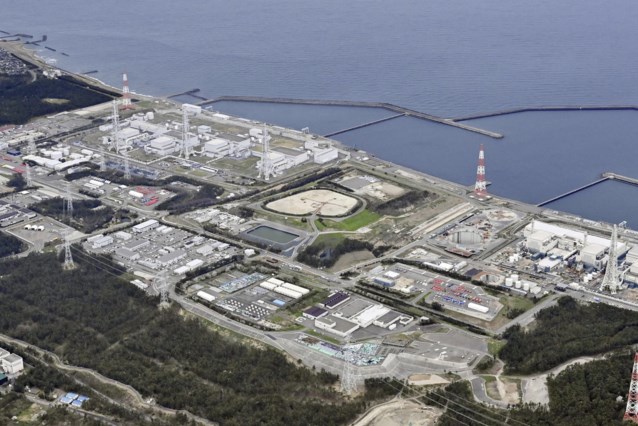Corrosion has been found on the inside of tanks used to store treated radioactive water at the mothballed Fukushima Daiichi nuclear power plant. The operator of the plant, Tepco, announced this.
According to Tepco, there is no problem with the strength of the tanks, but some of the more than a thousand containers in the plant were installed more than a decade ago and have become obsolete over time. The manager says he will continue to inspect the tanks.
The Fukushima nuclear power plant was destroyed in 2011 by a massive tsunami caused by a magnitude 9 earthquake. Decommissioning of the plant is underway but will take decades.
In August 2023, Tepco began dumping wastewater into the sea, despite protests from local fishermen and China. According to the manager, all radioactive material except tritium has been filtered from the water. Tritium is difficult to separate from water, but according to Tepco and the United Nations Atomic Energy Agency (IAEA), it is only present in wastewater in harmless amounts.
In March, corrosion and peeling paint were discovered during a routine check of three tanks that had been emptied after pumping. The tanks had been used for the storage of treated radioactive water since 2016. Investigations have now shown that the corrosion does not affect the structural integrity of the tanks and that no water has leaked, according to Tepco, which also informed the IAEA.
Because it is impossible to check the inside of tanks currently containing treated water – except with the help of underwater robots – Tepco conducts annual inspections of the outside to detect any abnormalities.
